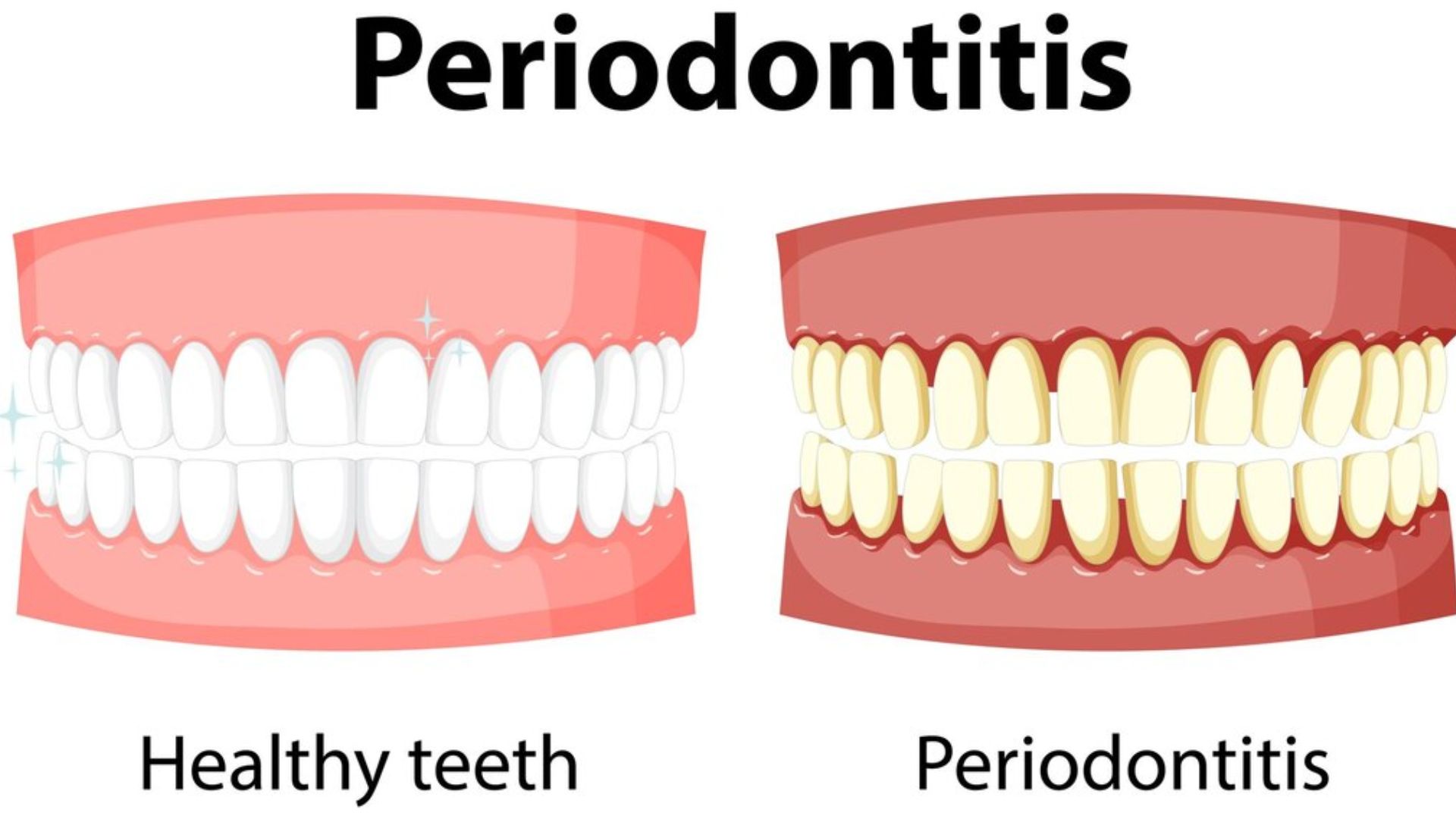Pale Gums: What Causes Them and How to Treat

Have you ever noticed your gums looking a little pale? While a bright pink gumline might be the ideal, many dismiss this subtle change as unimportant. But what if pale gums were trying to tell you something?
This article delves into the world of pale gums, exploring the reasons behind this change in color, its significance to your oral health, and what you can do about it.
Also Read: Must Eat Raw Garlic
Causes of Pale Gums
Healthy gums should boast a lively pink hue. However, a dip in this vibrancy can signal underlying issues. Here’s a look at some common culprits behind pale gums:
Anemia: This condition occurs when your body lacks sufficient healthy red blood cells. Since these cells carry oxygen throughout the body, a deficiency can leave your gums looking pale due to reduced oxygen supply. Iron deficiency is a frequent cause of anemia, and pale gums are often one of the first signs.
Poor Circulation: Certain medical conditions can restrict blood flow, causing tissues throughout the body, including the gums, to appear pale.
Nutritional Deficiencies: Just like any other part of your body, your gums require specific vitamins and minerals to thrive. Deficiencies in Vitamin B12, folate, or Vitamin C can all contribute to pale gums.
Medications: Some medications, particularly those for high blood pressure or certain heart conditions, can have a side effect of discoloring or paling the gums.
Chronic Illnesses: Chronic health conditions like diabetes or heart disease can sometimes manifest in the gums. Reduced blood flow or an impaired immune system associated with these diseases can lead to pale gums.
Remedies and Home Treatments for Pale Gums
While pale gums can be a cause for concern, there are steps you can take to improve their health and restore a vibrant pink hue. Here are some remedies and home treatments to consider:
Dietary Changes: Nourishing your body with the right foods is key. Incorporate iron-rich foods like leafy greens, red meat, and lentils into your diet to combat anemia-related pale gums. Don’t forget about Vitamin C-rich fruits and vegetables, which can aid in overall gum health.
Oral Hygiene Practices: Brushing your teeth twice daily and flossing once a day are the cornerstones of good oral hygiene. This removes plaque and bacteria that can irritate gums and contribute to paleness. Consider using a soft-bristled brush to avoid further gum tissue irritation.
Herbal Remedies: Certain natural remedies have been shown to promote gum health. Saltwater rinses can help reduce inflammation, while aloe vera gel may soothe irritated gums. However, it’s important to remember that these are not substitutes for professional dental care.
Supplements and Vitamins: If you suspect a nutritional deficiency is contributing to pale gums, consider consulting a doctor or dentist about taking supplements like iron, Vitamin B12, or folate.
Stress Management: Chronic stress can have a negative impact on your overall health, including your oral health. Techniques like meditation, yoga, or deep breathing exercises can help manage stress and potentially improve gum health.
Important Note: While these home remedies can be beneficial, it’s crucial to remember that pale gums can sometimes indicate a more serious underlying condition. If you notice pale gums persisting, consult a dentist or doctor to determine the cause and receive proper treatment.
Also Read: Pay Attention to Vitamin D Levels
Dental Care for Pale Gums
While home remedies can play a role, professional dental care is essential for addressing pale gums and maintaining optimal oral health. Here’s why:
Regular Check-ups: Scheduling regular dental check-ups, typically every six months, allows your dentist to identify any issues early on. During these visits, your dentist can examine your gums for signs of inflammation, receding gum lines, or other abnormalities that might be contributing to paleness. Early detection is key to preventing more serious gum problems.
Professional Cleanings: Professional cleanings, also known as prophylaxis, involve a thorough cleaning of your teeth and gums by a dental hygienist. This removes plaque and tartar buildup that brushing and flossing alone might miss. These cleanings can significantly improve gum health and restore a healthy pink color to your gums.
Treatments for Gum Disease: If your dentist identifies gum disease as the culprit behind pale gums, they will recommend specific treatments. These might include scaling and root planing (a deep cleaning procedure) or even antibiotic therapy in severe cases. Following the dentist’s recommended treatment plan is crucial for restoring gum health.
In some instances, pale gums might be linked to other underlying conditions. Your dentist can help identify these and refer you to a doctor for further evaluation and treatment.
Also Read: Lesser-Known Health Benefits of Fennel Seeds
In Crux
Pale gums, while often overlooked, can be a window into your oral health. This article explored the various causes of pale gums, ranging from nutritional deficiencies to underlying medical conditions. We discussed home remedies like dietary changes and improved oral hygiene practices that can promote gum health.
Remember, although home remedies can be helpful, professional dental care is vital. Regular check-ups and cleanings can help identify and address issues early on, preventing more serious problems. Don’t hesitate to seek professional guidance if your gums remain pale or you experience any discomfort.
By prioritizing your gum health and working together with your dentist, you can achieve a healthy, vibrant smile and maintain optimal oral health for years to come.
How much did you like Our detailed Pale Gums: Causes, Remedies, and Prevention Guide? Please share your view in the comment box. Also, please share these Blogs with your friends on social media.
Recommended











